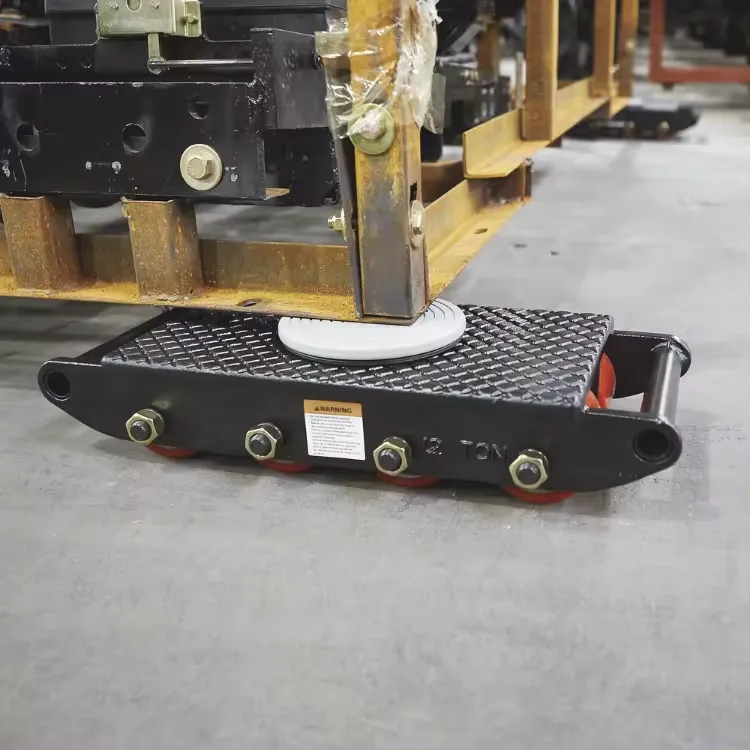gantry crane boom
Gantry Crane Boom Engineering Marvels for Heavy Lifting
Gantry cranes are indispensable in various industries where heavy lifting and precise movement of materials are required. At the heart of a gantry crane's functionality lies its boom—a structural element that plays a crucial role in the crane's operation. The design and engineering of the gantry crane boom are significant factors that contribute to its effectiveness and safety in lifting operations.
A gantry crane typically consists of a horizontal bridge supported by two vertical columns. The boom is the extending part of the crane that holds the hoist and gantry trolley, which enables it to lift, lower, and move loads horizontally. The boom can be fixed or extendable, depending on the specific requirements of the project it serves. This flexibility is one of the key advantages of gantry cranes, making them ideal for a variety of applications, from shipping yards to construction sites and manufacturing plants.
One of the essential aspects of the boom’s design is the material used in its construction. Typically made from high-strength steel or reinforced aluminum, the boom must withstand immense forces while maintaining its structural integrity. Engineers focus on ensuring that the boom is able to handle not only the weight of the load being lifted but also the dynamic forces generated during operation. This includes considerations for wind loads, seismic activity, and the potential for torsional forces when maneuvering heavy loads.
gantry crane boom

Another critical factor in the engineering of a gantry crane boom is the configuration. The length and height of the boom can vary greatly, which impacts its lifting capacity and range of motion. Longer booms can reach over larger spaces but may require additional support to prevent bending or flexing under load. Advanced computational techniques, such as finite element analysis (FEA), are often employed during the design process to evaluate the strength and performance of the boom under various loading conditions. This ensures that the final design is both safe and efficient.
In practice, the boom’s design must also consider ease of use and maintenance. Features like adjustable height or extendable sections can enhance the crane's versatility, allowing it to perform a wider range of tasks. Furthermore, incorporating practices for preventive maintenance—such as accessible inspection points and easy replacement of wear parts—helps ensure the longevity and reliability of the crane's boom.
Safety is paramount in the operation of gantry cranes, and the boom is central to this aspect. Safety features such as overload sensors, limit switches, and emergency stop systems are integrated into the crane’s design to prevent accidents caused by overloading or operator error. Additionally, operators receive training on safe lifting practices and the specific operational limits of the gantry crane they will be using.
In conclusion, the gantry crane boom is a remarkable engineering achievement, integral to the effectiveness of heavy lifting operations across various industries. Its design balances strength, flexibility, safety, and ease of maintenance, allowing operators to perform tasks efficiently while minimizing the risk of accidents. As industries continue to evolve and require more sophisticated lifting solutions, ongoing advancements in materials and engineering design will further enhance the capabilities of gantry crane booms, ensuring they remain vital components in the world of heavy machinery.
-
Permanent Magnetic LiftersNewsNov.01,2024
-
Operations with an Adjustable CraneNewsNov.01,2024
-
Machine Moving SkatesNewsNov.01,2024
-
Industrial Lifting MagnetsNewsNov.01,2024
-
Effective Machinery MovingNewsNov.01,2024
-
Adjustable Gantry CraneNewsNov.01,2024
-
Unlock the Power of Lifting with Permanent Magnetic LiftersNewsOct.11,2024
